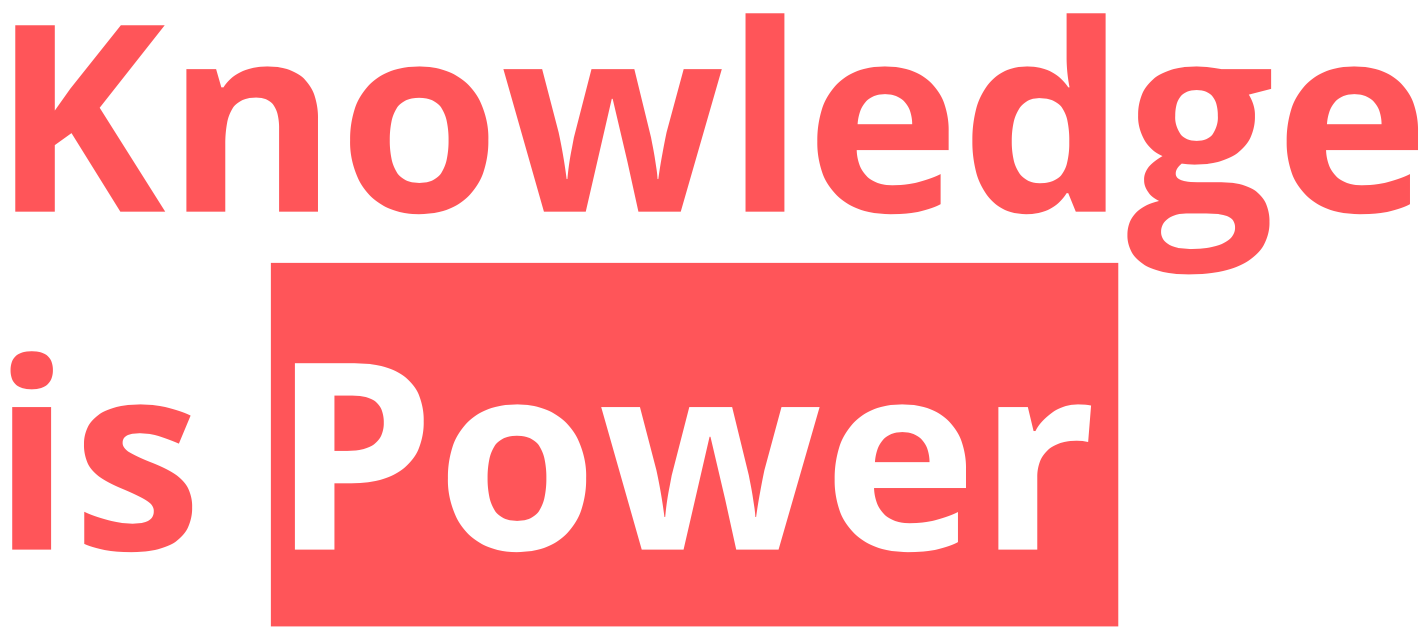Community-led action research: FAQs
What is community-led action research?
Community-led action research is where the community decides on the issue to be researched, designs and carries out the research, and makes use of the results to achieve positive change.
A community group or organisation decides to take action on an issue that is important to them. This might be in partnership with other organisations but it is ultimately the community who decides what they want to find out, how they will do this and why.
Action research is often thought of as being a ‘cycle’ whereby action and research are closely linked and follow one another. See the action research cycle for an overview of the stages of conducting a community-led action research project.
Who does community-led action research?
Community and voluntary groups carry out research in and with their communities.
What is the action bit of community-led action research?
The action could be anything that leads to positive change in and for a community because of the research (e.g. it could be a new community amenity, park, service or activity or an improvement to something already happening).
Why do community-led action research?
Experience of an issue puts you in a really good position to design a research process that will produce learning that helps you to take action and to put that learning into practice
Ability to influence decision-making processes because the research findings reflected the needs and aspirations of the community as a whole.
The research you carry out can enable you to make a change i.e. make an improvement to a service or influence local decision-makers.
Other resources
For a quick introduction on examples of community-led action research see the SCDC and Poverty Alliance Knowledge is Power resource.
For an overview of the benefits of conducting community-led research see Poverty Alliance Researching Poverty: The Benefits of a Community Research Approach.

